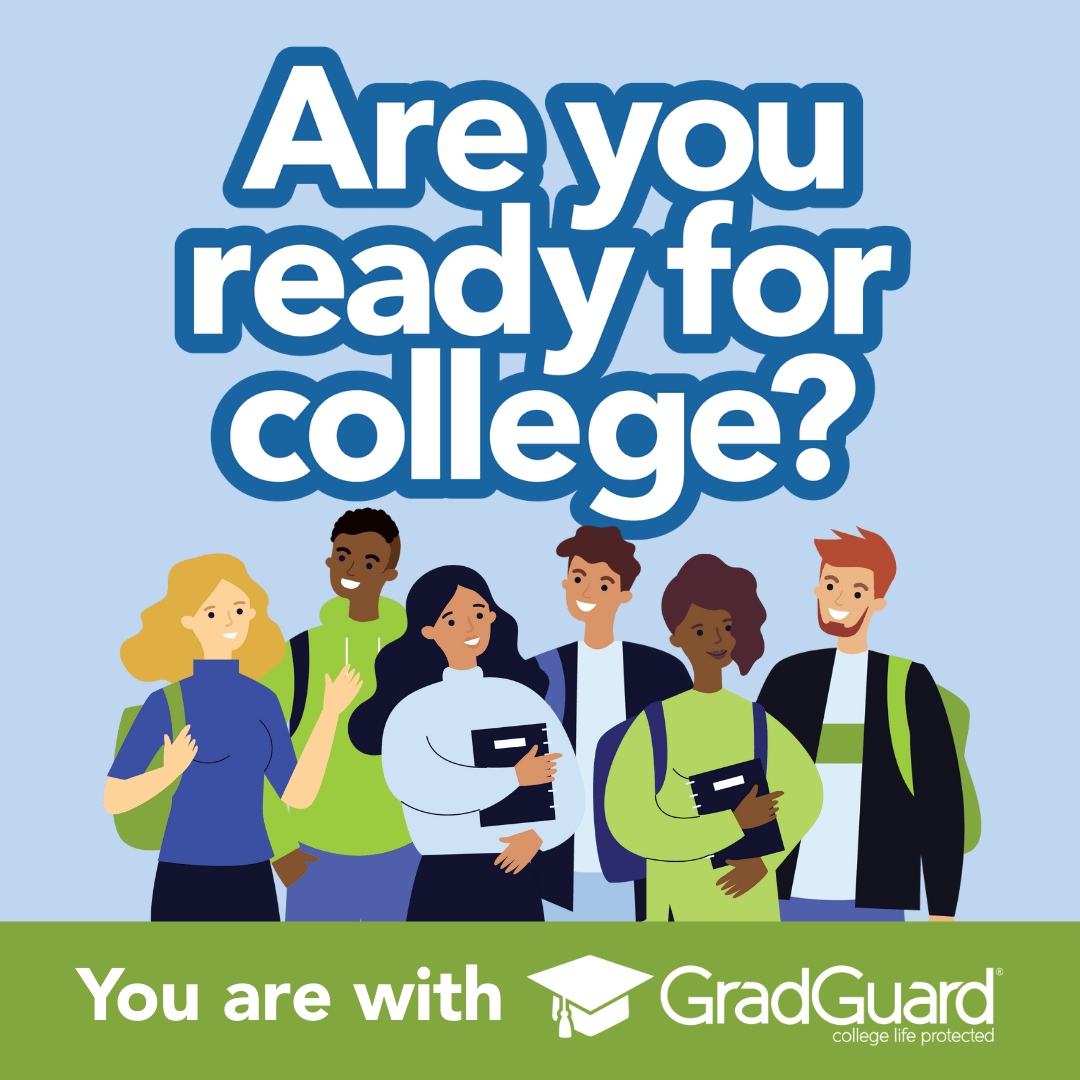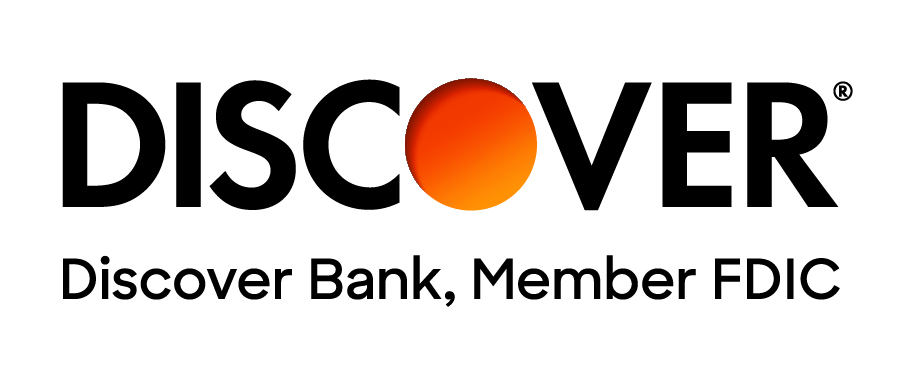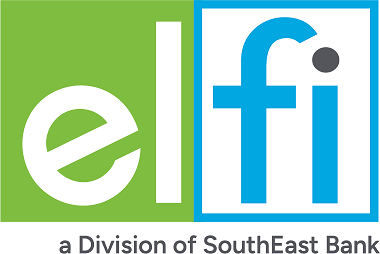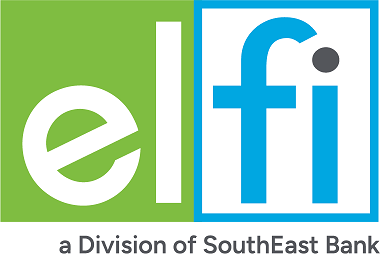Online education has transformed the way we pursue bachelor’s, master’s, and doctorate degrees, along with numerous certifications. No matter where you are, these programs make it easy to advance your education and earn professional credentials. With high-quality teaching and an extensive range of courses, you can achieve your goals without ever setting foot on a campus. Embrace the flexibility and convenience of online learning and unlock a world of new opportunities!
What is Distance Learning?
Distance learning uses technology to deliver learning and instruction for online classes through a structured Learning Management System (LMS). Your instructors and professors will use the LMS as their classroom to upload modules with lectures, video recordings, assignments, quizzes and whatever other learning experiences your instructor chooses.
There are a few different types of distance learning class styles, with pros and cons available to each. When choosing a type of course, take into consideration your learning style, your available time, and what kind of motivation you will need in order to be successful.
- Synchronous courses bring teacher and students together in a real-time, online setting. You will need to make sure your schedule allows you to meet up at the set time to attend lectures and class times. Synchronous courses are set up similarly to traditional face-to-face classes, but distance is no longer a barrier. You will have access to your teacher and peers, but you will also be tied to set due dates and traditional pacing.
- Asynchronous courses allow you to complete classwork and studying when it is most convenient for you. You may be reading articles and watching lectures, but the information you receive will likely be quite similar to a traditional course. You are responsible for staying on top of your assignments and deadlines. The information and content of the course is available as you move through it at your own pace. With this type of learning be careful as it may become easy to push assignments and course tasks for “later,” only to forget about them until the last minute or when it is too late.
- Hybrid courses are a combination of scheduled interactive learning sessions (either online or in-person) as well as pre-created modules to work through. There are fixed deadlines throughout the course and students have independence in their learning, but still have the structure of expected meet-ups.
- Massive Open Online Courses (MOOCs) allow accessible and affordable learning options, no matter where you are in the world. There are many MOOCs that are free if you desire the knowledge with some charging a nominal fee, where you can receive a verified certificate of completion or even course credit through accredited universities such as edX’s partnership with Arizona State University offering transferable college credit. With hundreds or even thousands of students enrolled in a single MOOC at any given time, these courses often have open enrollment and students using the self-paced course to view pre-recorded lectures and webinars. There may be weekly assignments that are graded by a peer using a common rubric or an auto-graded quiz.
How to Choose an Online School or Program
With online learning increasing over the past 20 years, notable institutions are offering online degrees to prospective learners who may have not had the opportunity to receive an associate’s, bachelor’s, master’s or even doctoral degrees. With so many courses offered, you may have to do some research on what school or program is right for you. Use the following pointers to help guide your search for what online degree or program is the right fit for you.
- Research the college you want to work with and review their accreditation and state licensing. If you school is authorized to offer federal student aid, then you can be assured the school is appropriately licensed by the state and are accredited by a U.S. Department of Education-recognized accreditor.
- Research the choices you have for majors, programs, or certificates. Depending on the institution, you may not be able to receive all courses online so check carefully as you decide on declaring a major or program. If you need a fully online course of study, ensure that the program is offered entirely online.
- Check the requirements for admission, including fees. If you have any prior college credits, you may want to see if those credits will transfer. Talk with an admissions advisor if you have questions.
- Compare the costs for your education. This is an investment in yourself, so it may be in your best interest to look at the costs associated with attending an online university. Most schools will list the cost of attendance (COA) on their website. The COA will break down the expected cost by residency status and may also include the average cost of tuition and fees, housing, food, books, supplies and transportation. Keep in mind this is just an average and may vary depending on the number of credits you’re enrolled in, if you decide to take in-person courses, and other fees the institution may require.
- Check out the online student services. Find and ask what resources are available to you as an online student. Is there online tutoring available? Can you easily contact professors and instructors? Are events on campus live-streamed or recorded?
Choosing an online institution is a choice that will impact you. It is imperative to ask questions to the admissions office to get as much information as possible to help make the correct choice for you and your situation.
Admission for Online Institutions
No matter what school, university, or program you apply for, it can be a confusing process. Once you narrow down which accredited program or institution you want to attend, you may see a variety of admission processes across the different schools. While some schools may have typical terms start dates in the Fall, Spring, or Summer, many online schools may have term start dates that are far more frequent. For example, some schools will allow you to enroll and enter you program every two weeks, while another school may offer monthly starts. This flexibility makes it easy for you to jump in and continue your education.
- Open Admissions – most everyone who applies is accepted in open admissions. Most schools or programs will require that you have graduated from high school or have a GED. Many 2-year schools, community colleges, and most academic certificate programs will have open admissions. You will need to submit an online application, but the admission requirements will be relatively few.
- Regular Admissions – competitive four-year institutions and other types of competitive enrollment programs or degrees only admit a set number of new applicants each year. Your application may be more involved with a possible essay and other required items. Carefully read and complete your applications by the deadline.
- Rolling Admissions – colleges review applications as they are received, and admissions are open until all slots for the incoming class are filled. There is no official deadline by which you need to submit your application, but spots may fill up quickly.
Check with the admissions office if you have questions regarding admission deadlines or requirements.
Work Load
When it comes to the workload of an online course, some students mistakenly believe that it will be easier than a face-to-face course. While that may hold true for a few, many find themselves overwhelmed with overdue assignments, readings, and video lectures. Online learning demands personal responsibility, as students often have to teach themselves the content based on the provided materials. While some students thrive in the less-structured schedule of online learning, others prefer a more structured approach and must create it for themselves.
In online courses, a significant amount of time is spent watching live or pre-recorded lectures. Fortunately, these recorded lectures can usually be rewatched as needed. Class readings and required discussion posts, assignments, and quizzes are commonplace, with instructors often assigning group projects to encourage class interaction and discussion. Timely and clear communication with instructors or TAs is key in case you need assistance or clarification. Additionally, make sure to take advantage of your instructor or TA's office hours.
Keeping a schedule and regularly checking your calendar can help prevent assignments, quizzes, and tests from catching you off guard. Consider enabling email notifications for upcoming assignments and deadlines, if available. Online classes can be stressful, but understanding the requirements and deadlines can help alleviate some of the stress associated with online learning.





















